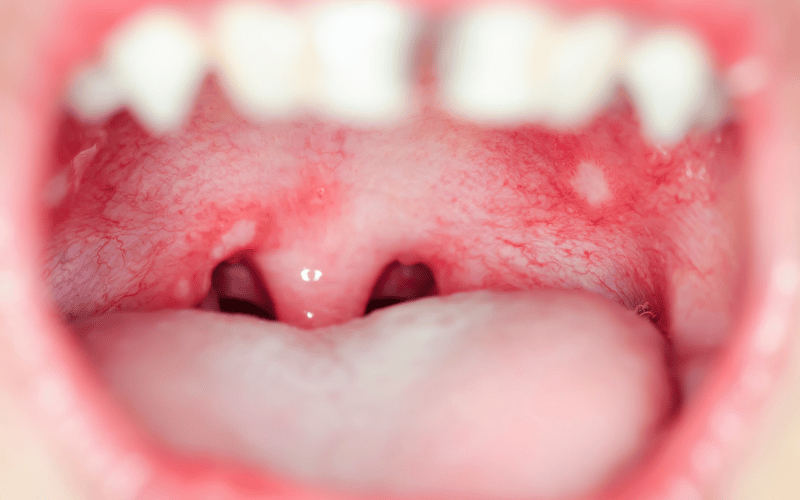Symptom 6: Mouth Ulcers

Mouth ulcers are, for many, a minor inconvenience. But when linked to Crohn’s, they take on a deeper significance. These aren’t the result of accidentally biting your cheek or eating something too hot. Instead, they often serve as an early indicator, signaling the immune system’s heightened activity. These ulcers present as round or oval sores with a distinctive white or yellowish hue in the center, surrounded by an inflamed red boundary.
Living with mouth ulcers isn’t just about managing pain. Their placement in the mouth brings them into frequent contact with a variety of stimuli. Eating becomes a challenge, especially when consuming spicy or acidic foods that aggravate the sores. Drinks, particularly hotter ones, can cause a stinging sensation. Even the simple act of brushing can turn into a daunting task, with the bristles causing discomfort on contact.
The connection between Crohn’s and mouth ulcers is still under investigation. However, the prevailing theory ties them to the immune response that causes inflammation in other parts of the body due to Crohn’s. It’s this inflammation, researchers believe, that sets the stage for these painful sores. While they might be localized to the mouth, their presence can signify broader systemic issues that need addressing.
Beyond the physical discomfort, there’s an emotional toll. Continually managing the pain and adjusting one’s diet or oral care routine to accommodate these ulcers can be mentally exhausting. There’s also the potential embarrassment or self-consciousness, especially if the ulcers are numerous or particularly visible. This can affect social interactions, making individuals hesitant to speak, laugh, or eat in public settings. (6)